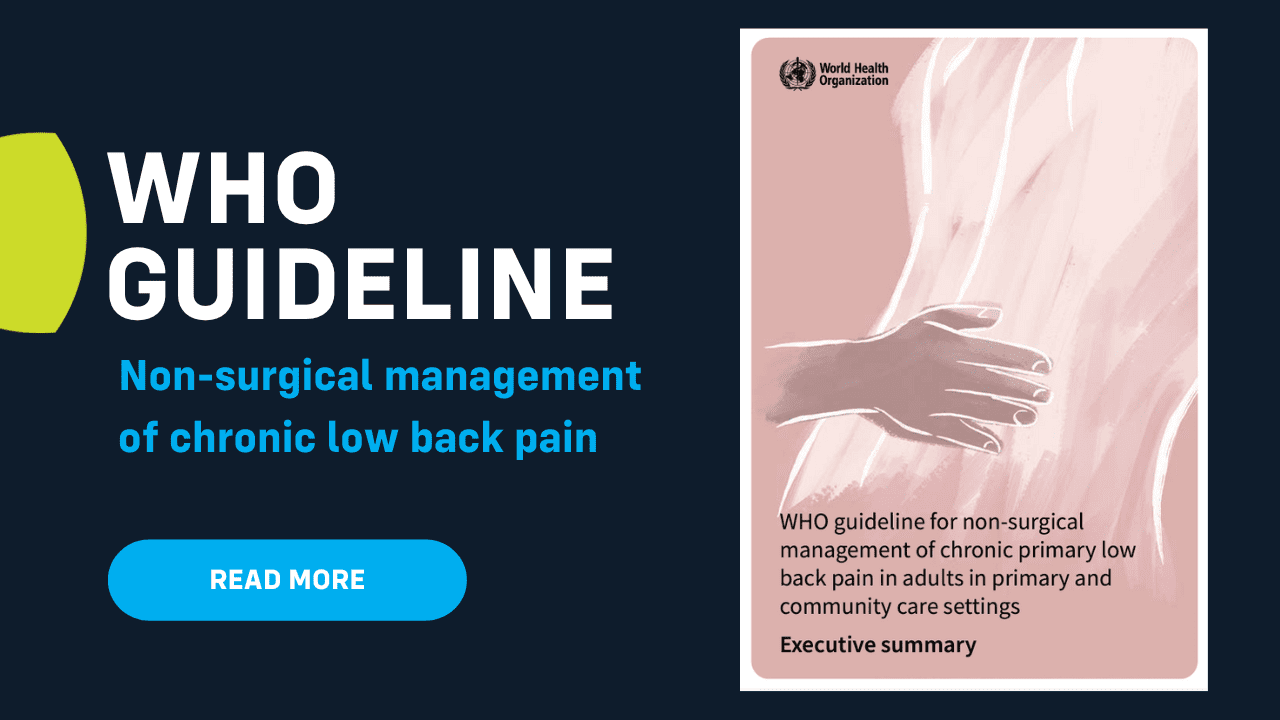WHO Recommends Spinal Manipulation, Massage, and Acupuncture for Chronic Low Back Pain
The World Health Organization (WHO) released a guideline for non-surgical management of chronic primary low back pain (CPLBP). The guideline provides recommendations for non-surgical interventions for CPBLP in adults and older people. The goal is to improve patient health and well-being outcomes in primary and community care settings.
Recommendations for Spinal Manipulative Therapy, Massage Therapy, and Acupuncture
Spinal manipulative therapy, massage, acupuncture, and dry needling were all given conditional recommendations in favor of use. Michele Maiers, DC, MPH, PhD and Executive Director of Research and Innovation at NWHSU shared her impression of the guideline. “This guideline is important in two regards. First, it acknowledges the tremendous global impact back pain has on health and disability. This alone is significant, since WHO historically has focused on communicable diseases. Second, it recommends several therapies used every day in clinical practice by most of our NWHSU graduates, including spinal manipulation, acupuncture, massage, and exercise recommendations. These are in stark contrast to most pharmacological and psychological interventions, which were not recommended by WHO in these guidelines.”
About the Guideline for Chronic Low Back Pain
The guideline aims to address the question: “What are the health and well being benefits and harms of non-surgical interventions in the management of CPLBP, with or without spine related leg pain, in community dwelling adults in primary or community care settings, including older people (60 years and older), compared with placebo, no intervention or usual care?”
The WHO created this guideline for health care workers whose disciplines are in primary and community care settings. This includes medical doctors, nurses, chiropractors, occupational therapists, system managers, and more.
According to the WHO, they designed the guideline to be discipline neutral. Five classes of interventions for the management of chronic low back pain were considered.
Staying up to date on clinical guidelines is an important part of the role of primary and allied health care professionals. You can access the overview of the guideline with links to it’s executive summary, annexes and quick reference guide here.
Story by Kit Harlow, Chiropractic Student
